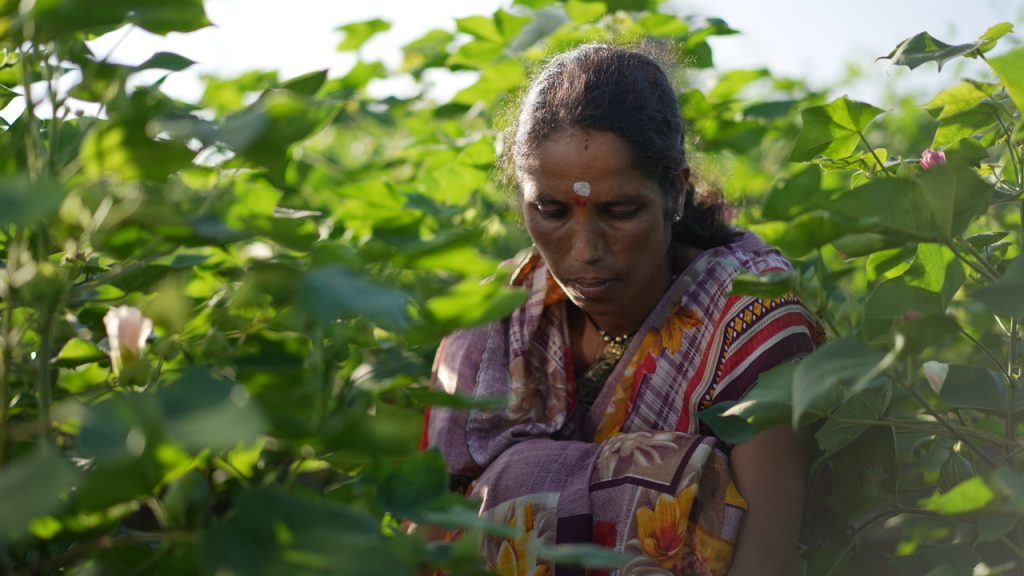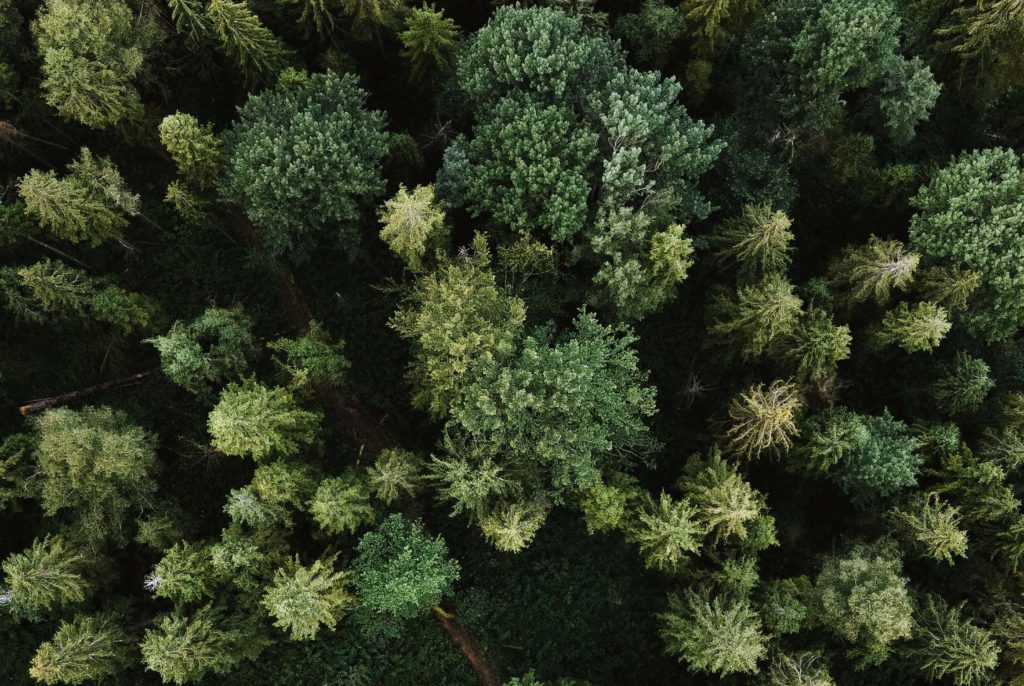Biodiversity is all the different kinds of life on our planet. These species and organisms work together to support everything we need to survive, and to build a resilient business. But fashion impacts biodiversity at every stage of its value chain.
Why we work with biodiversity and nature
Biodiversity loss is recognised as one of the biggest challenges of our time. In WWF’s Living Planet Report 2022, it states that wildlife populations have declined on average by 69% in the last 53 years. Immediate action is needed to reverse this trend. The link between biodiversity, nature and business is well established and according to the World Economic Forum, biodiversity loss is the third biggest risk businesses face.
At H&M Group, every stage of our value chain affects the natural planet and the biggest impact comes from sourcing raw materials. At the same time, we are dependent on biodiversity for fertile soil, robust forests, quality air and water, as well as healthy pollinators to produce natural materials for our products.
Our ambition
Our work in other areas of sustainability is already helping biodiversity and nature. We are reducing our reliance on natural resources through our transition to becoming a circular business and improving our material sourcing. While our work on to reduce emissions, lower our water use and use only safe chemicals help to protect and restore habitats and species.
However, this is not enough. We need to take greater responsibility and set a more strategic approach that specifically targets biodiversity and nature. Our ambition is to have a net positive impact on biodiversity by:
- Working to prevent and reduce our overall impact on the biodiversity and natural ecosystems touched by our value chain.
- Supporting the protection and restoration of biodiversity and natural ecosystems in line with scientific advice.
We are continuing to map our impact on biodiversity and nature using the method set out by the Science Based Targets Network (SBTN). We will use these findings to set science-based targets and then disclose our impacts according to framework set out by the Taskforce on Nature-related Financial Disclosures (TNFD). These targets will support the global targets agreed at COP15.
For our current and future work, we will follow a framework called ARRRT that sets actions in a priority order:
1. Avoid
Recirculating existing products through circular business models and using artificial intelligence to match supply to demand help us avoid negative impacts on biodiversity.
2. Reduce
We are reducing our impact by increasing the recycled content of our products and using greater amounts of certified materials such as Responsible Wool and wood from FSC certified forests.
3. Restore & regenerate
Regenerative agriculture and conservation projects help to restore natural habitats and increase the resilience of nature.
4. Transform
Through collaborating with others, we bring about transformation change to the fashion industry.
Our biodiversity and nature projects
We are investing in projects connected to the parts of our value chain where we have the biggest environmental impact – raw materials.
Cotton and wool are two important materials we use to make our products. Conventional production methods can lead to negative impacts like soil erosion, pollution and overgrazing. Therefore, we support regenerative agriculture projects, which focus on the links between nature and farming to improve soil health and biodiversity, as well as strengthening the resilience of farmers and communities.
For details of further projects, please see our Sustainability Disclosure.
Supporting cotton farmers in Madhya Pradesh
In Madhya Pradesh state, India, we are working with Laudes Foundation, IDH The Sustainable Trade Initiative, and WWF India to support smallholder farms to transition to regenerative practices. The project aims to move farmers to a multi-commodity supply chain and build community resilience through systemic change driven by local ownership and governance.
Regenerative cotton farming in a wildlife corridor
In partnership with WWF, we are working with smallholder cotton farmers to introduce regenerative farming practices, support livelihoods and protect a corridor for tigers and other wildlife in Satpura Pench, India. The first harvest season brought lower pest populations and lower costs compared to conventional farming. Find out more and watch a film here.
Developing a model for smallholder farming
We joined a project with the Better Cotton Growth & Innovation fund and WWF India, which aims to develop a regenerative agriculture model for smallholder farms that can be replicated in other areas. It prioritises easy to adopt practices that have an immediate effect on soil health such as using organic compost and biological alternatives to synthetic fungicides.
Supporting the transition in Argentina
In 2023, we joined a project with NATIVA™ to support sheep farmers transitioning to regenerative practices in Argentina. NATIVA selected the farms and expert organisations that will be involved in the on farm implementation and baseline analysis, which will begin next year.
Regenerative sheep farming in South Africa
Eastern Cape Drakensberg is a haven for biodiversity and an important water catchment area. We are working with WWF on a project to encourage local sheep farmers to adopt more regenerative grazing practices.
Scalable land management models in South Africa
Together with BKB, we are developing scalable land management models for sheep farmers that promote conservation, restoration and regeneration.
A collaborative effort
Halting and reversing the decline in biodiversity and nature needs a collaborative approach. Working with partners and through cross-industry collaboration will accelerate change. Here are some of the organisations we work with and how we are taking action together:
- In the run up to COP15, we joined Business for Nature’s (B4N) Make it Mandatory campaign, calling on negotiators to make assessment and disclosure about impacts on nature compulsory. We are also part of B4N’s Strategic Advisory Group.
- We have worked with WWF for over a decade, collaborating to address our environmental impact. As part of the partnership, we provide funding and advisory input to the Biodiversity Stewardship Programme.
- As part of our Fashion Pact membership, we participated in the have mapped the Transforming the Fashion Sector project analysing the land, biodiversity and ecosystem impacts of our leather supply chain in line with the SBTN framework.
- We continue to support the science-policy interface for biodiversity through the Intergovernmental Science-Policy Platform on Biodiversity and Ecosystem Services (IPBES).
- We contributed to an Ellen MacArthur Foundation study on how the circular economy can tackle biodiversity loss.
We publish our Sustainability Disclosure annually. In this document, we set out our goals and the progress we’ve made in the previous year. Find the latest version here. More up to date information can be included on this page.




